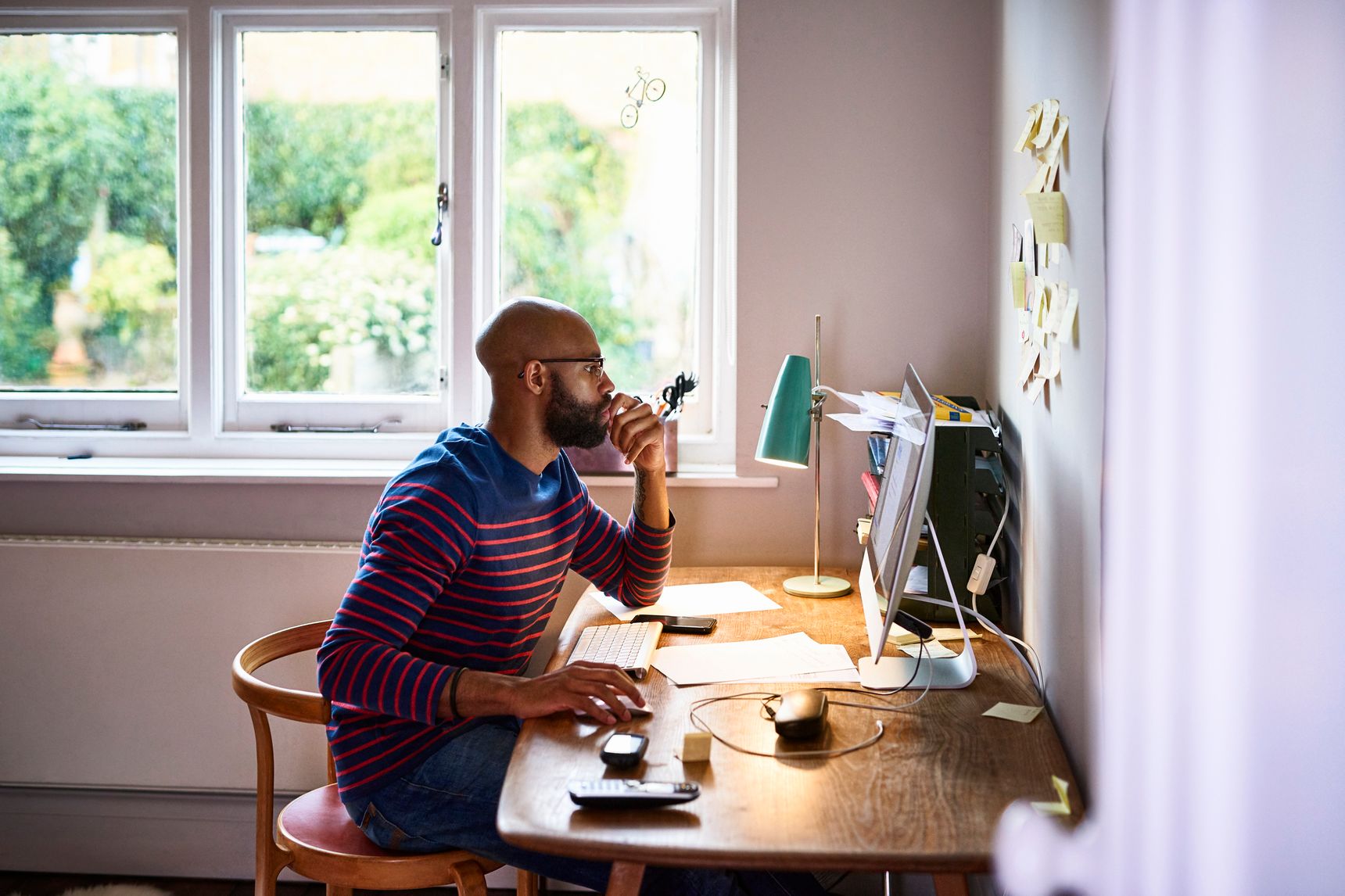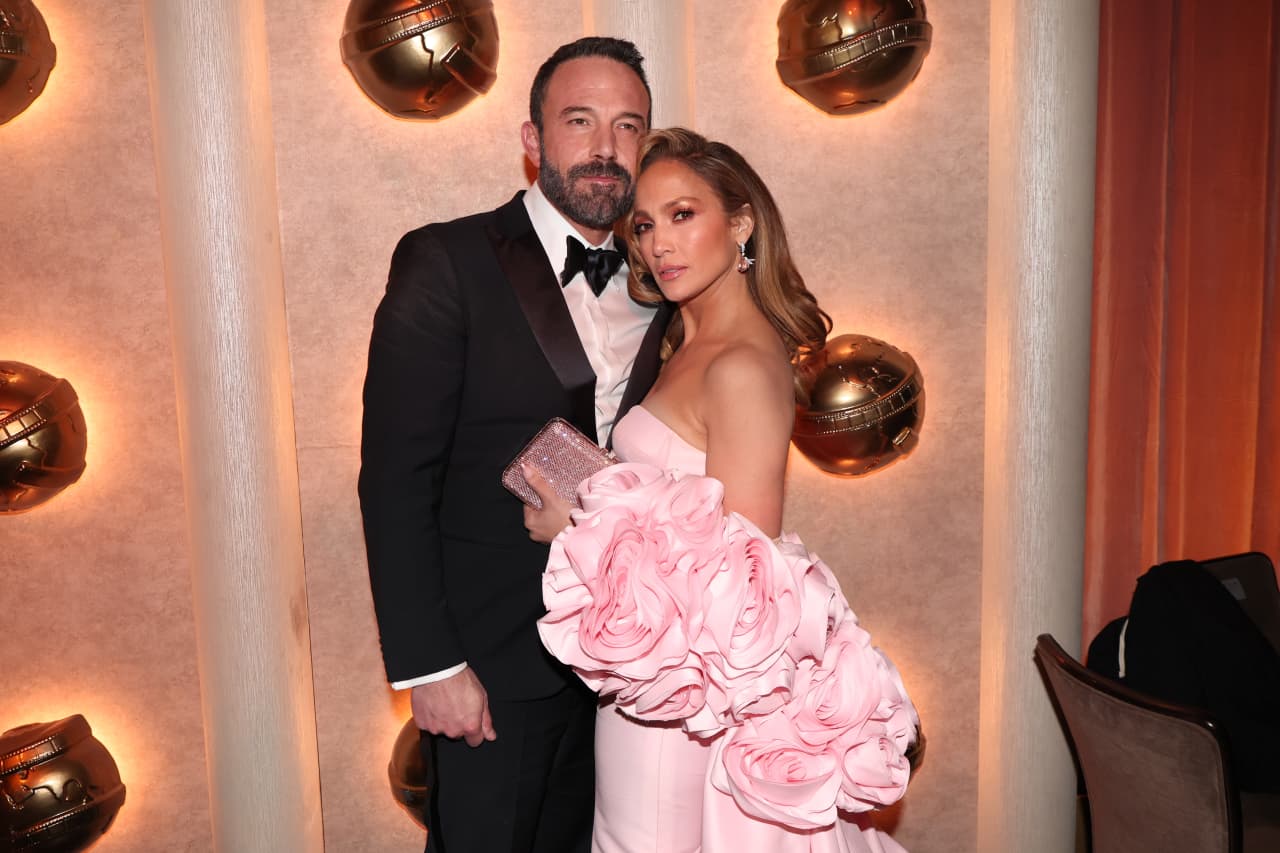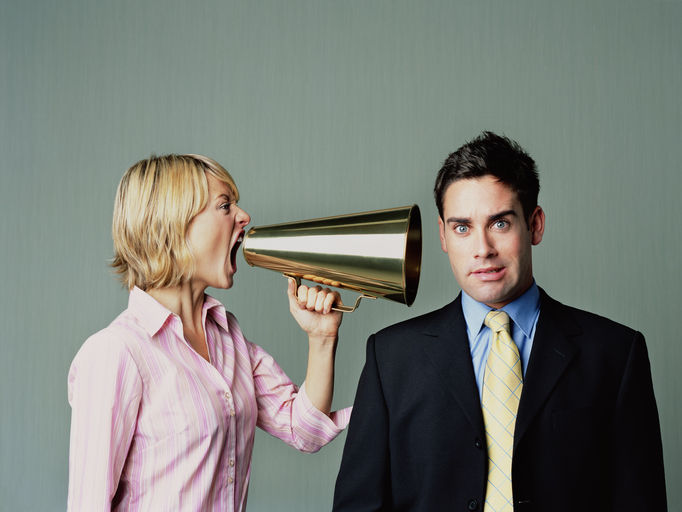Work From Home? 6 Ways to Stay Focused and Avoid Burnout
Remote workdays are leaving us with wandering attention spans. Here, tips to regain your WFH focus.
AT FIRST, the work-from-home life had the elemental thrills of a snow day, with its languid commutes from bed to sofa. But with Covid-19 variants snuffing out the light at the end of the tunnel and companies postponing returns to the workplace, W.F.H. is becoming W.T.F. for many.
As we edge toward remote-work burnout, it’s getting harder to stay focused and productive. Even our diversions are digital—“breaks” to play phone games bloat into 30-minute lapses—exacerbating our lack of human connection and our minds’ tendencies to wander. Eugene Kim, the Los Angeles-based founder of design brand Dims., is deeply Zoom fatigued. “There’s so many little physical and visual things that we communicate to each other non-verbally that are just lost,” he said. Atlanta-based Eric Heyward, COO of watch brand Talley & Twine, similarly longs for water-cooler conversations that let him gauge his colleagues’ moods and adjust “the tone of my next Slack message.”
According to Kirsten Clacey, a remote-work expert who co-founded the Remote Coaches, spontaneous interactions can help combat the unfocused WFH malaise some folks are feeling. To create “playful moments,” she recommends beginning each meeting with five minutes spent “connecting as humans.” But you also have to carve out a personal life within your work life. Here, other expert advice.
1. To dodge the feeling your entire life is “condensed into the computer,” Ms. Clacey suggests getting into nature daily. A walk along the ocean would be ideal, because “awe and wonder have neurological benefits.” But even a few trees will do.
2. Create a separate, Pavlovian space for work mode—possible even if you have no spare room, said Liam Martin, co-organizer and CMO of remote-work conference Running Remote. No door to close? “I’ve even seen people…have a different set of ‘work’ headphones,” he said.
3. Try to spend no more than 25% of your workday in meetings to maximize your productivity, said Mr. Martin, who also co-founded the productivity app Time Doctor.
4. Clearly defined work hours are a key burnout barrier. Delete work email and IM apps from your phone so you “don’t turn working at home into living at work,” Mr. Martin said.
5. Plan weekly adventures (e.g., gallery hopping one night), said Laura Vanderkam, author of “The New Corner Office: How the Most Successful People Work from Home.”
“A lot of burnout is about feeling there is nothing to look forward to.”
6. Avoid miring yourself entirely in banal tasks. Spend 30 to 60 minutes a day doing the work that first drew you to your career, Ms. Vanderkam said—the “cool part you’d tell people about at cocktail parties, if anyone was still going to cocktail parties.”
 Copyright 2020, Dow Jones & Company, Inc. All Rights Reserved Worldwide. LEARN MORE
Copyright 2020, Dow Jones & Company, Inc. All Rights Reserved Worldwide. LEARN MORE
This stylish family home combines a classic palette and finishes with a flexible floorplan
Just 55 minutes from Sydney, make this your creative getaway located in the majestic Hawkesbury region.
As Paris makes its final preparations for the Olympic games, its residents are busy with their own—packing their suitcases, confirming their reservations, and getting out of town.
Worried about the hordes of crowds and overall chaos the Olympics could bring, Parisians are fleeing the city in droves and inundating resort cities around the country. Hotels and holiday rentals in some of France’s most popular vacation destinations—from the French Riviera in the south to the beaches of Normandy in the north—say they are expecting massive crowds this year in advance of the Olympics. The games will run from July 26-Aug. 1.
“It’s already a major holiday season for us, and beyond that, we have the Olympics,” says Stéphane Personeni, general manager of the Lily of the Valley hotel in Saint Tropez. “People began booking early this year.”
Personeni’s hotel typically has no issues filling its rooms each summer—by May of each year, the luxury hotel typically finds itself completely booked out for the months of July and August. But this year, the 53-room hotel began filling up for summer reservations in February.
“We told our regular guests that everything—hotels, apartments, villas—are going to be hard to find this summer,” Personeni says. His neighbours around Saint Tropez say they’re similarly booked up.
As of March, the online marketplace Gens de Confiance (“Trusted People”), saw a 50% increase in reservations from Parisians seeking vacation rentals outside the capital during the Olympics.
Already, August is a popular vacation time for the French. With a minimum of five weeks of vacation mandated by law, many decide to take the entire month off, renting out villas in beachside destinations for longer periods.
But beyond the typical August travel, the Olympics are having a real impact, says Bertille Marchal, a spokesperson for Gens de Confiance.
“We’ve seen nearly three times more reservations for the dates of the Olympics than the following two weeks,” Marchal says. “The increase is definitely linked to the Olympic Games.”

Getty Images
According to the site, the most sought-out vacation destinations are Morbihan and Loire-Atlantique, a seaside region in the northwest; le Var, a coastal area within the southeast of France along the Côte d’Azur; and the island of Corsica in the Mediterranean.
Meanwhile, the Olympics haven’t necessarily been a boon to foreign tourism in the country. Many tourists who might have otherwise come to France are avoiding it this year in favour of other European capitals. In Paris, demand for stays at high-end hotels has collapsed, with bookings down 50% in July compared to last year, according to UMIH Prestige, which represents hotels charging at least €800 ($865) a night for rooms.
Earlier this year, high-end restaurants and concierges said the Olympics might even be an opportunity to score a hard-get-seat at the city’s fine dining.
In the Occitanie region in southwest France, the overall number of reservations this summer hasn’t changed much from last year, says Vincent Gare, president of the regional tourism committee there.
“But looking further at the numbers, we do see an increase in the clientele coming from the Paris region,” Gare told Le Figaro, noting that the increase in reservations has fallen directly on the dates of the Olympic games.
Michel Barré, a retiree living in Paris’s Le Marais neighbourhood, is one of those opting for the beach rather than the opening ceremony. In January, he booked a stay in Normandy for two weeks.
“Even though it’s a major European capital, Paris is still a small city—it’s a massive effort to host all of these events,” Barré says. “The Olympics are going to be a mess.”
More than anything, he just wants some calm after an event-filled summer in Paris, which just before the Olympics experienced the drama of a snap election called by Macron.
“It’s been a hectic summer here,” he says.

AFP via Getty Images
Parisians—Barré included—feel that the city, by over-catering to its tourists, is driving out many residents.
Parts of the Seine—usually one of the most popular summertime hangout spots —have been closed off for weeks as the city installs bleachers and Olympics signage. In certain neighbourhoods, residents will need to scan a QR code with police to access their own apartments. And from the Olympics to Sept. 8, Paris is nearly doubling the price of transit tickets from €2.15 to €4 per ride.
The city’s clear willingness to capitalise on its tourists has motivated some residents to do the same. In March, the number of active Airbnb listings in Paris reached an all-time high as hosts rushed to list their apartments. Listings grew 40% from the same time last year, according to the company.
With their regular clients taking off, Parisian restaurants and merchants are complaining that business is down.
“Are there any Parisians left in Paris?” Alaine Fontaine, president of the restaurant industry association, told the radio station Franceinfo on Sunday. “For the last three weeks, there haven’t been any here.”
Still, for all the talk of those leaving, there are plenty who have decided to stick around.
Jay Swanson, an American expat and YouTuber, can’t imagine leaving during the Olympics—he secured his tickets to see ping pong and volleyball last year. He’s also less concerned about the crowds and road closures than others, having just put together a series of videos explaining how to navigate Paris during the games.
“It’s been 100 years since the Games came to Paris; when else will we get a chance to host the world like this?” Swanson says. “So many Parisians are leaving and tourism is down, so not only will it be quiet but the only people left will be here for a party.”
This stylish family home combines a classic palette and finishes with a flexible floorplan
Just 55 minutes from Sydney, make this your creative getaway located in the majestic Hawkesbury region.






















